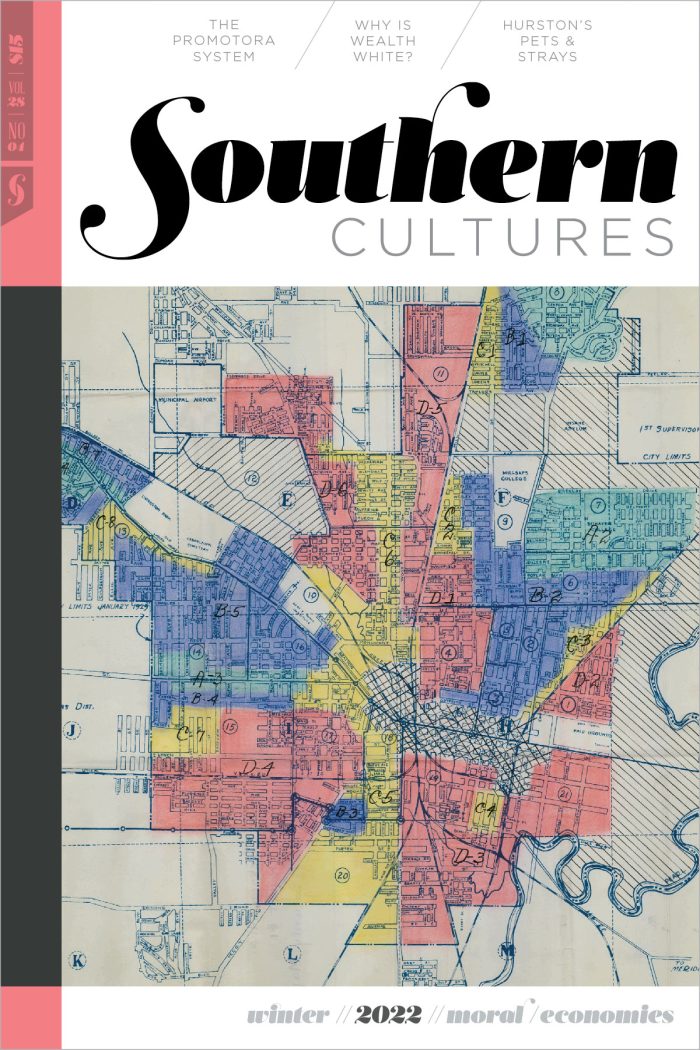“Black southern literature is one of the few places where one can find resistance and survival articulated on Black southerners’ own terms.”
William Faulkner’s Absalom, Absalom! (1936) tells a history of the Deep South through the lens of an enslaver named Thomas Sutpen. Faulkner’s fictional protagonist grew up in the early 1800s as a dirt-poor white boy in backwoods Appalachia yet aims to obtain status and wealth by becoming a member of the planter elite. He fulfills his “grand design” by embarking on a journey that first takes him to Haiti and then to the fictional Mississippi county of Yoknapatawpha with twenty “wild negroes” he bought in Haiti. In Mississippi, he acquires a hundred square miles of Chickasaw swampland from a colonial agent and ruthlessly actualizes his megalomaniacal vision by forcing his enslaved workers to carve out a plantation and build a mansion. Faulkner depicts the enslaved as “mostly still naked except for a pair of pants here and there” as they labored in the “mud they wore in the swamp to keep the mosquitoes off . . . with quiet and unflagging fury.” Over time, Sutpen becomes “the biggest single landowner and cotton-planter in the county.”


